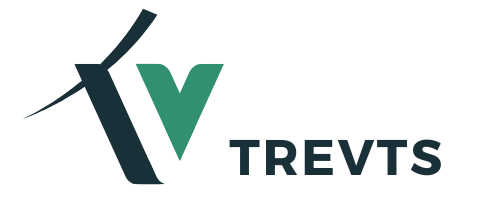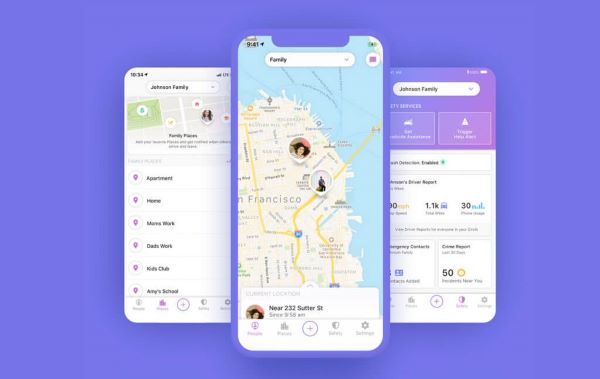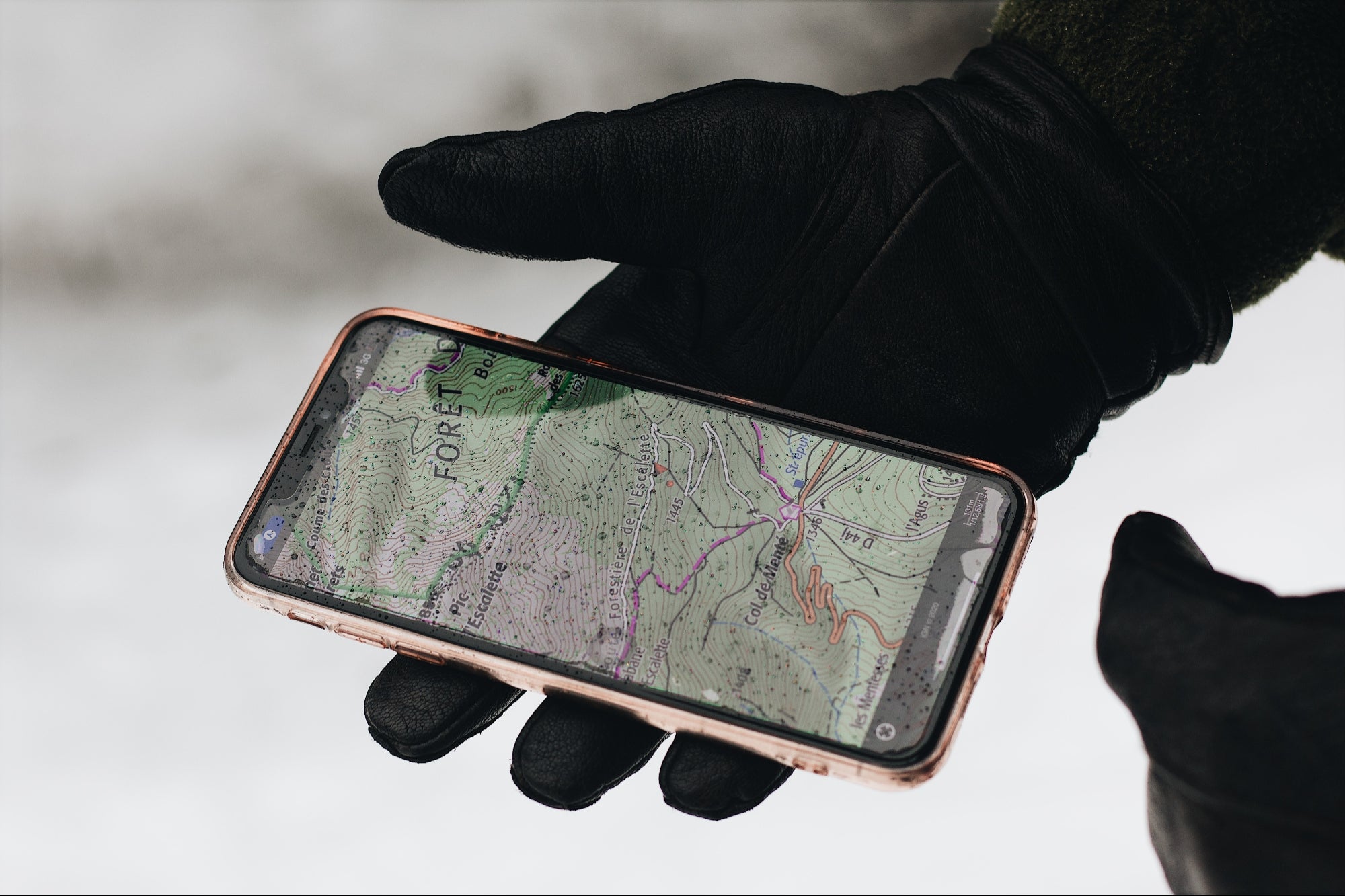ADS
Body language is an essential tool in both business and social interactions, allowing individuals to convey respect, attention, and enthusiasm without having to speak. It plays a crucial role in enhancing social abilities and communication skills. This article aims to explain the concept of body language, particularly in the workplace, and address some common questions related to this topic.
Body language is primarily used in face-to-face interactions, where movements, postures, and other physical cues can communicate messages. Most individuals use body language unconsciously, with posture, hand movements, eye contact, and gestures all playing a role in conveying information. Body language often accompanies verbal communication, enhancing the overall message being conveyed.
In a professional setting, understanding and utilizing workplace body language can improve interpersonal skills and communication within organizations. Given the collaborative nature of most workplaces, effective communication can lead to increased productivity and positive relationships among colleagues. There are several strategies to enhance workplace body language, including:
1. Firm Handshakes: A firm handshake is often the first step in establishing new relationships. It signals respect and interest in engaging in conversation. The way you shake someone’s hand matters, as a light or weak handshake can convey disinterest, while an excessively strong grip may appear unprofessional. A firm and purposeful handshake is generally considered appropriate.
2. Smiling: Facial expressions, such as smiling, are powerful forms of non-verbal communication. Smiling when meeting someone or during conversations conveys a positive attitude and shows respect. It is essential to smile genuinely and at appropriate times to avoid appearing insincere.
3. Eye Contact: Making eye contact with others demonstrates interest and engagement in the interaction. It is a direct way to show respect and convey seriousness. Eye contact, coupled with a smile and a firm handshake, can create a positive impression and establish a connection with others.
4. Nodding: Nodding your head while listening to others signifies agreement and understanding. It shows that you are actively engaged in the conversation and are attentive to the speaker’s message. Nodding, along with maintaining eye contact, can demonstrate interest and supportiveness.
5. Hand Gestures: Using hand gestures can enhance communication and express enthusiasm. Open hand movements can convey openness and engagement, while clenched fists may indicate firmness or determination. It is essential to use hand gestures appropriately and avoid excessive or distracting movements.
6. Posture: Your posture reflects your confidence, attentiveness, and respect in professional settings. Sitting or standing upright with shoulders back demonstrates confidence and openness, while slouching may give off an uninterested or disengaged impression. Maintaining good posture, along with open body movements, can help establish a positive presence in the workplace.
7. Small Movements: While some movements are acceptable during conversations, excessive fidgeting or gestures can be distracting. It is crucial to manage and control small movements to avoid conveying discomfort or impatience. Paying attention to subtle cues, such as straightening clothes or avoiding repetitive gestures, can enhance your overall body language.
In conclusion, mastering workplace body language can significantly impact your professional relationships and communication skills. By understanding the subtle cues and gestures that accompany verbal communication, you can improve your interpersonal interactions and create a positive impression in the workplace. Practice these strategies to enhance your workplace body language and build stronger connections with your colleagues and superiors.
As with any skill, mastering body language takes time and practice. By paying attention to your nonverbal cues and the responses of others, you can refine your communication style and become a more effective communicator in the workplace. Remember that body language is a powerful tool that can enhance your verbal messages and convey respect, attention, and enthusiasm in professional settings.








